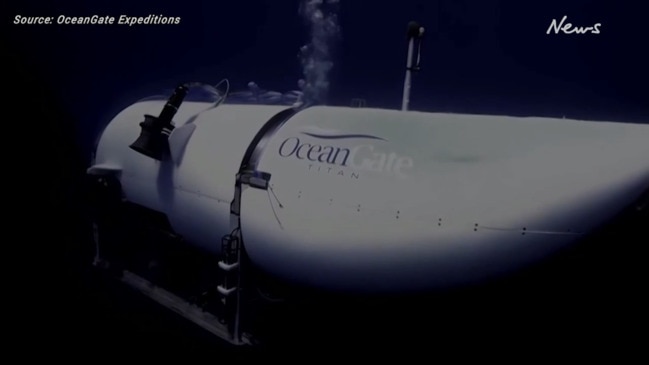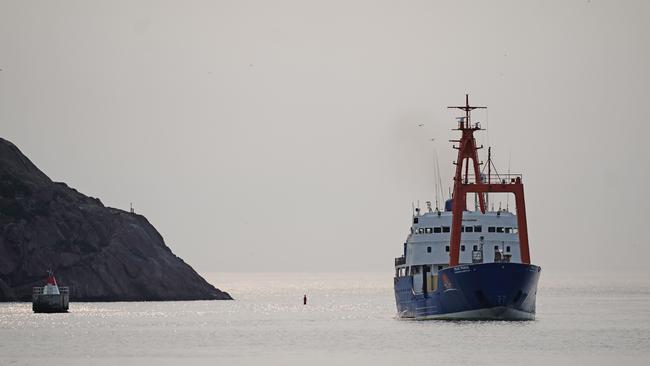Titan’s mothership, the Polar Prince, may have damaged the sub before it imploded, experts say
Several engineers have shared their expert opinions on how the Titan sub imploded killing all five people on board.

World
Don't miss out on the headlines from World. Followed categories will be added to My News.
A number of cost-saving measures may have proved fatal for the Titan sub with experts revealing a new theory about why it may have imploded, killing all five people on board.
OceanGate’s chief executive officer Stockton Rush, who was killed in the June 18 disaster alongside four of his company’s paying passengers, was hoping Titan’s unique design would become a new industry standard.
However, the flawed design to slash costs and make sea exploration more profitable may have also come with disastrous consequences, several engineers told the New York Times.


Comparing the Titan with the Alvin, a US government research submersible that has safely completed more than 4500 deep sea dives since 1973, the experts pointed out a number of design and protocol changes that may have doomed the Titan.
Unlike the Titan, the Alvin was designed as a sphere with an all-titanium hull, which was transported to the dive site on the deck of a mothership.
Meanwhile, the Titan had no dedicated mothership, and to cut costs it was towed out to sea for three days to the fatal dive by a smaller chartered vessel, the Polar Prince, which potentially damaged the vessel before it imploded.
At only 2.7m wide and 2.4m tall, the Titan strayed from industry standards.
Its hull, which was shaped like a pill — likely to squeeze more passengers inside at $US250,000 ($A375,000) a head inside — was a far cry from the standard sphere, which experts said was known to be better suited for such deep-sea voyages.
The Titan’s central cylinder was also constructed out of carbon fibre instead of titanium like other submersibles.
Issues may have also risen due to Mr Rush skipping over standard testing and inspections by reputable marine organisations, saying obtaining a certification for the Titan would stifle innovation.
Mr Rush shrugged off the safety concerns of a documentary film cameraman by saying “well, you’re dead anyway”.
“It seemed to almost be a nihilistic attitude toward life or death out in the middle of the ocean,” Brian Weed, a camera operator for the Discovery Channel’s “Expedition Unknown” documentary series, said.
OceanGate announced an end of deep-sea expeditions to the wreckage of the Titanic after a catastrophic implosion killed Mr Rush along with British adventurer Hamish Harding, 58; French veteran Titanic explorer Paul-Henri Nargeolet, 77; British-Pakistani businessman Shahzada Dawood, 48, and his 19-year-old son Suleman.
More Coverage
Originally published as Titan’s mothership, the Polar Prince, may have damaged the sub before it imploded, experts say





